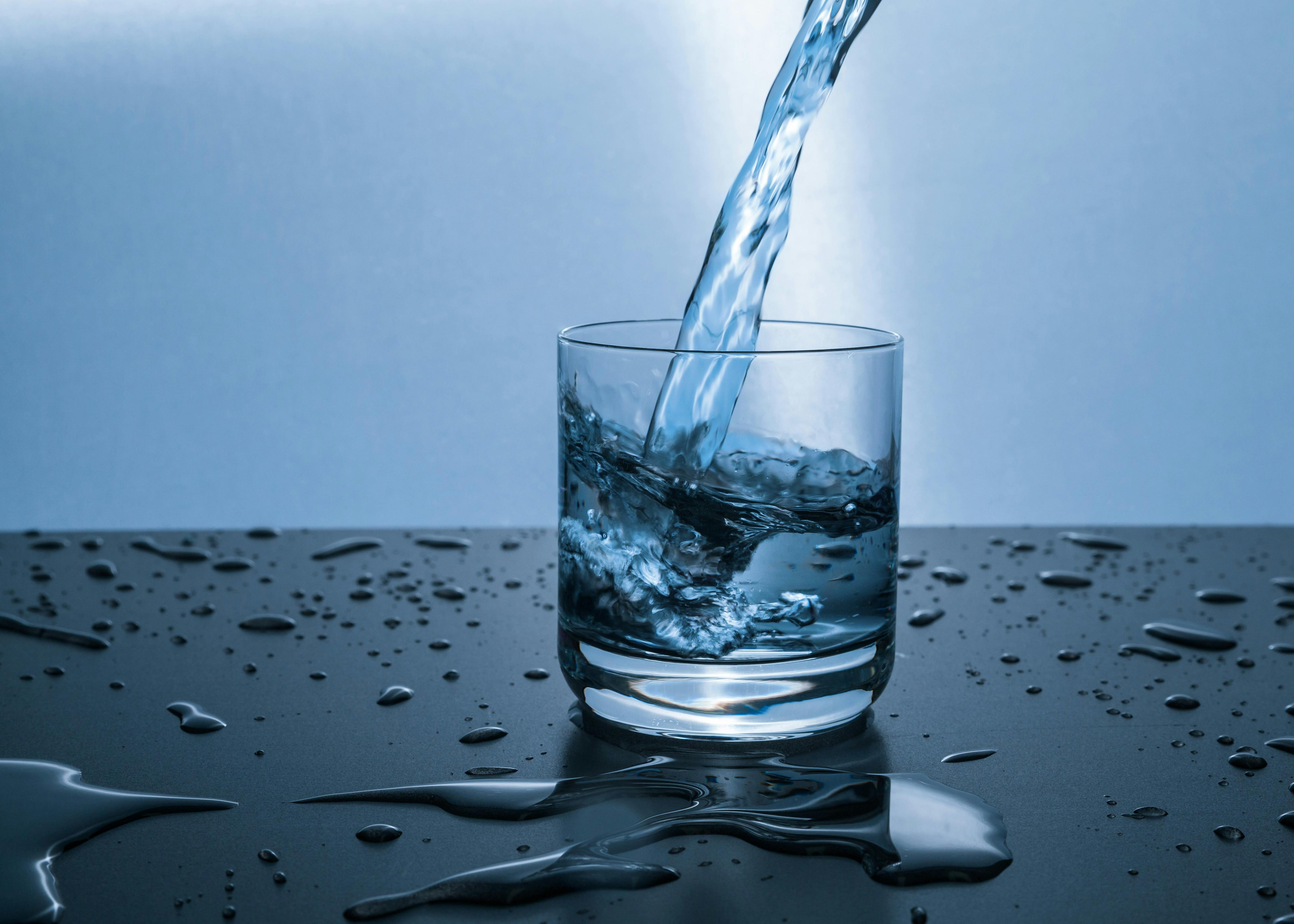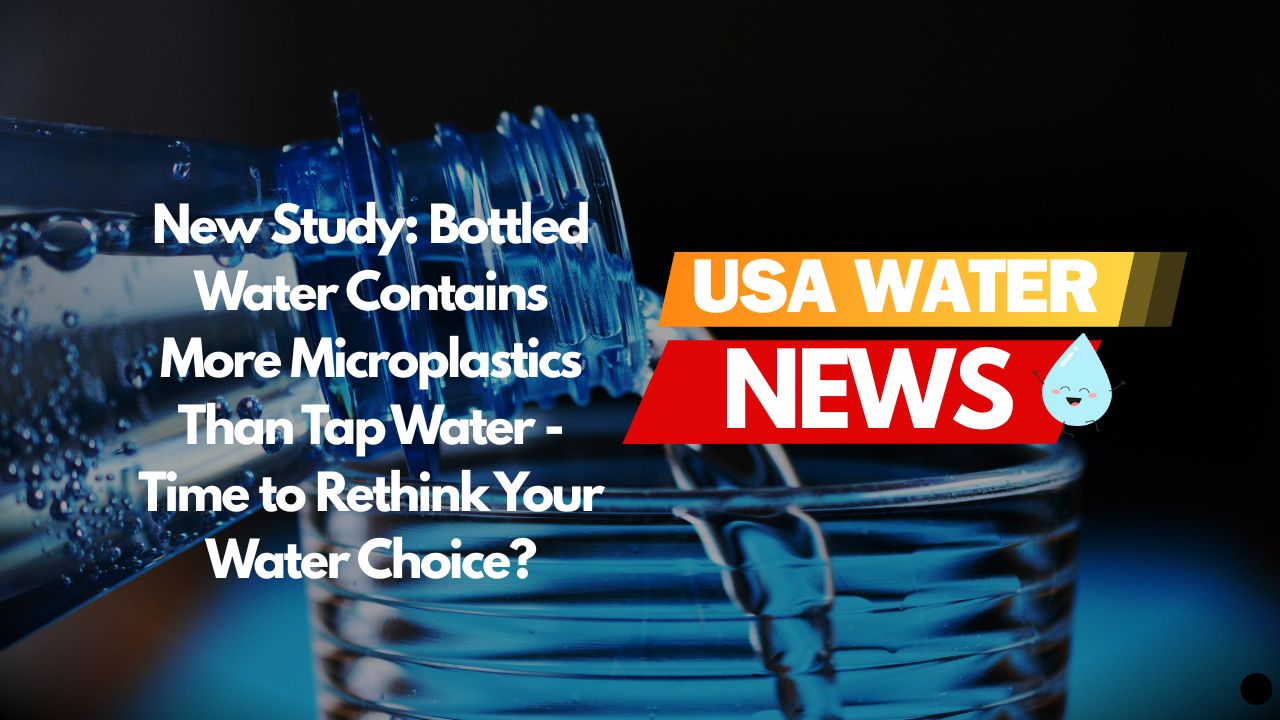So you’ve been buying bottled water thinking you’re making the healthy choice? I hate to be the bearer of bad news, but recent research just completely destroyed that assumption. Scientists at Columbia and Rutgers universities dropped a bombshell: the average bottle of water contains around 240,000 microscopic plastic pieces.
Yeah, that’s not a typo. A quarter of a million tiny plastic particles floating around in what you thought was “pure” water. And get this – your regular tap water has about 60 times fewer plastic particles than the bottled stuff you’re paying premium prices for.
I’ll be honest, when I first saw these numbers, I thought there had to be some mistake. But multiple studies are all showing the same thing: that plastic bottle is literally contaminating the water inside it with thousands of invisible particles every time you take a sip.
What This Means for Your Daily Water Habits
Bottom line: Every time you drink from a plastic bottle, you’re consuming thousands of invisible plastic particles that are small enough to enter your bloodstream.
Here’s what the research actually found:
The shocking numbers:
- Bottled water averages 240,000 plastic particles per liter
- That’s about 60 times more microplastics than tap water
- Some bottles tested had up to 400,000 particles per liter
- 90% of these particles are nanoplastics – so small they can cross into your organs
What these particles can do:
- Enter your bloodstream and travel to organs
- Cross the blood-brain barrier into your brain
- Pass through the placenta to unborn babies
- Accumulate in your liver, heart, and other tissues
- Potentially trigger inflammation and immune responses
Where the contamination comes from: The plastic isn’t just floating around randomly. Scientists found it’s coming from:
- The bottle itself, which constantly sheds tiny particles
- The bottle cap – each twist releases about 500 microplastic particles
- The reverse osmosis filters used to “purify” the water
- Heat exposure during shipping and storage
How This Contamination Actually Happens
It’s not just about old, beat-up bottles:
Even brand-new plastic bottles start shedding particles the moment water touches them. The process gets worse when bottles are exposed to heat – like in delivery trucks, warehouses, or your car on a hot day.
The researchers looked at bottles from major brands (they won’t say which ones yet, but they were common brands you’d find at Walmart) and found contamination across the board. This isn’t a problem with just cheap water – it’s happening with premium brands too.
The cap problem nobody talks about: Every time you screw and unscrew that plastic cap, you’re creating friction that generates microplastics. Think about how many times you’ve opened and closed a water bottle throughout the day. Each twist is adding more plastic particles to your water.
Heat makes everything worse: Leave a plastic bottle in your car on a hot day? You’ve potentially tripled the microplastic contamination. The study found bottles exposed to heat can reach over 300,000 particles per liter.
Even “BPA-free” bottles aren’t safe: Don’t think that “BPA-free” label on your bottle means you’re protected. These bottles still shed other types of plastic particles that we don’t fully understand yet.
Tap Water: The Surprising Winner
Here’s something that’ll probably surprise you:
Multiple studies now show that tap water consistently contains fewer microplastics than bottled water. Water treatment plants are actually pretty good at filtering out these particles, while plastic bottles are constantly adding new ones.
Why tap water is cleaner:
- Municipal water treatment removes most microplastics
- No plastic packaging to contaminate the water
- Regulated testing for contaminants (unlike bottled water)
- Glass and metal pipes don’t shed particles like plastic bottles do
The research backs this up:
- Studies found tap water averaged about 4,000 particles per liter
- Bottled water averaged 240,000 particles per liter
- That’s a 60-fold difference in plastic contamination
- Even groundwater sources showed less contamination than plastic bottles
What You Can Actually Do About This
Stop freaking out and start making better choices:
The good news is you have options that are both healthier and cheaper:
Your best bets:
- Filtered tap water: Install a good carbon filter system and you’ll remove up to 99.9% of microplastics
- Glass bottles: If you need portable water, glass-bottled brands showed dramatically lower plastic contamination
- Stainless steel containers: Fill a quality steel bottle with filtered tap water – zero ongoing plastic exposure
Filters that actually work:
- Carbon block filters with 1-micron capability
- Reverse osmosis systems (ironically, the same tech bottled water companies use)
- Multi-stage filtration systems
- Avoid basic pitcher filters – they don’t catch microplastics
If you must use plastic bottles:
- Keep them cool and out of sunlight
- Don’t reuse single-use bottles
- Drink the water before the expiration date
- Minimize opening and closing the cap
💡 Action Steps for This Week:
- Calculate your exposure: How many plastic bottles do you drink per week? Multiply by 240,000 particles
- Research home filters: Look into certified microplastic removal systems
- Try tap water: Do a taste test between filtered tap and your usual bottled brand
- Invest in reusables: Get a quality glass or steel water bottle
The Health Implications We’re Just Starting to Understand
What scientists are worried about:
The thing is, we’re all part of a massive uncontrolled experiment right now. These nanoplastics are so new that researchers are still figuring out what they do to our bodies.
What we know so far:
- Microplastics have been found in human blood, lungs, and even placental tissue
- They can carry other chemicals and toxins into your body
- Smaller particles (nanoplastics) are more dangerous because they can go anywhere in your body
- Early studies suggest they might cause inflammation and immune system problems
The long-term concerns: Scientists are particularly worried about nanoplastics because they’re small enough to cross the blood-brain barrier. That means they could potentially affect brain function, though we don’t know how yet.
Why this matters for families: If you’re pregnant or have young kids, this research is especially concerning. These particles can cross the placenta and affect developing babies. Kids who grow up drinking primarily bottled water could be exposed to millions of plastic particles during their critical development years.
The Industry Response (Or Lack Thereof)
Don’t expect bottled water companies to be helpful:
When researchers tried to get information from major bottled water brands about their microplastic testing protocols, most gave vague responses about “meeting regulatory requirements.” The problem? There currently aren’t comprehensive regulatory requirements for microplastic testing.
The marketing vs. reality disconnect: Companies are still marketing bottled water as “pure” and “natural” while selling it in containers that are actively contaminating the product. It’s like selling organic food in pesticide-coated packaging.
What needs to change: We need mandatory microplastic testing for all bottled water, clear labeling about contamination levels, and industry investment in truly plastic-free packaging alternatives.
The Financial Reality Check
You’re paying more for worse water:
Think about this: you’re spending 1,000 times more for bottled water than tap water, and you’re getting 60 times more plastic contamination in return. That’s not just bad for your health – it’s a terrible deal financially.
Do the math:
- Average family spends $500+ per year on bottled water
- Good home filtration system: $200-500 one-time cost
- Filtered tap water: Cleaner than bottled, costs pennies per gallon
Here’s What I Think About All This
Look, the bottled water industry has been pulling a fast one on all of us for years. They’ve convinced millions of people to pay 1,000 times more for water that’s actually more contaminated than what comes out of their kitchen faucet.
The crazy part is that the cleanest water was literally sitting in your house this whole time. Filtered tap water beats bottled water in almost every category – it’s cleaner, cheaper, and doesn’t create a mountain of plastic waste.
Should you panic about every plastic bottle you’ve ever consumed? Absolutely not. But should you think twice before buying your next case of bottled water? Probably.
The way I see it, this research gives you a perfect excuse to save money and reduce your plastic exposure at the same time. Install a decent filter, get a reusable bottle, and stop paying companies to sell you contaminated water in plastic containers.
Your health deserves better than 240,000 plastic particles per liter. And honestly? Your wallet does too.
Sources: Columbia University and Rutgers University nanoplastics research (January 2024), Environmental Working Group microplastics database, Multiple peer-reviewed studies on microplastics in drinking water
Last Updated: June 30, 2025
Check your water now!
We have translated and compiled water reports on every state in the US, and covered over 100 cities. Find out how good your water is today!

Please read – our information
The information presented on cleanairandwater.net is compiled from official water quality reports, trusted news sources, government websites, and public health resources. While we strive for accuracy and thoroughness in our presentations, we are not scientists, engineers, or qualified water quality professionals.
Our mission is to present water quality information in an accessible, real-world format that helps people understand what’s in their water and make informed decisions about their health and safety. We believe that complex environmental information should be available to everyone in a format that’s easy to understand.
We make every effort to ensure our content is current and accurate, but we cannot guarantee that all information is complete or error-free. This website should not replace official communications from your local water utility or health department. We always recommend consulting official sources for the most up-to-date information regarding your specific water system.
Clean Air and Water is not liable for any unintentional errors, omissions, or outdated information. The content on this site is provided for informational purposes only and should not be considered professional advice.

